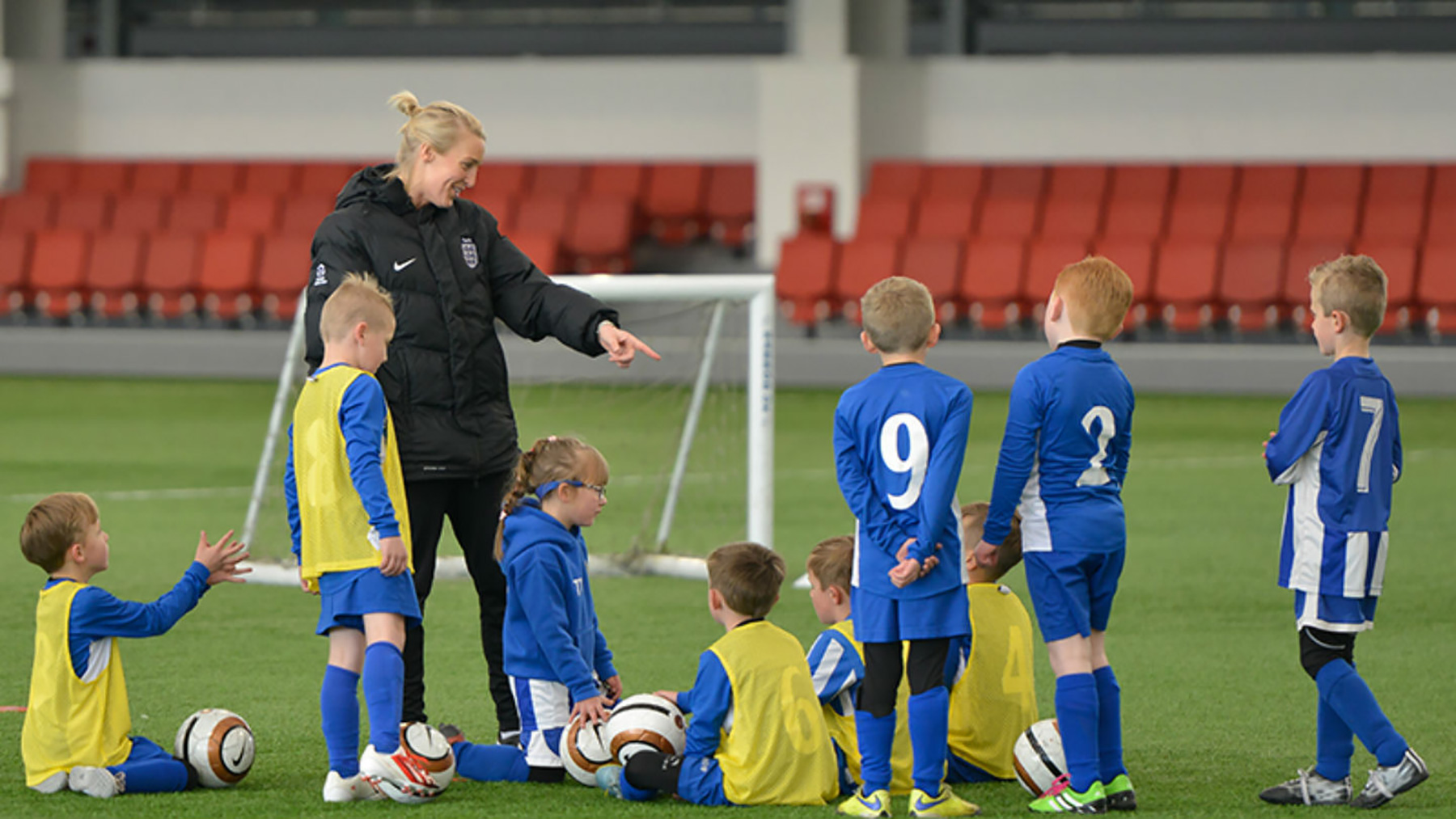
Why setting boundaries helps both player and coach
- Creag Lawrence
- 21 February 2019
Creag Lawrence, FA PE coordinator, believes that setting boundaries and using consequences can benefit both coach and player.
In the past, detentions, 'laps’ or being shouted at was the extent of 'behaviour management' strategy used by teachers at school – or adults in the football setting. Interventions were used to apply control.
In modern educational settings, positive behaviour strategies have been implemented and, generally, the overall standard of children’s behaviour has improved. There is now a focus on fostering positive and respectful relationships between pupils, teachers and parents through a ‘behaviour for learning’ approach.
Research into learning indicates that children learn best when they:
- are relaxed
- feel safe
- are engaged in challenging activities (that don't generate anxiety)
- receive regular, positive and detailed feedback
- believe they can be successful.
Managing players’ behaviour can create a climate where all of the above can happen. The England DNA coaching fundamentals suggest ‘connecting’ with players before a session, and using a positive and enthusiastic manner with players at all times.
Do we engage with our players as soon as they arrive to training in order to get a better understanding of how they are feeling? Do we create an environment where the children are active on arrival and therefore less likely to cause problems? As coaches, we need to recognise how our actions can potentially have both a positive and negative effect on children’s behaviour.
In many educational settings – including coaching - behavioural issues arise from boredom if children are not engaged. This quickly leads to a loss of concentration through fidgeting or chatting and can lead to an intervention from the teacher or coach which deals with this ‘behaviour’.
Often the whole group will be ‘punished’, with the game or activity brought to a halt. As a result, the children are stood still and the cycle starts again due to boredom. Implementing 70% ball rolling time in your coaching sessions through a games-based approach could prevent the cycle.

Another key aspect of consistency is that consequences are applied to all players when necessary. Do you apply the same consequences to all of your group – or do you make allowances for the ‘best’ players? Would you still apply the same level of consistency if it meant your best player was to have reduced playing time in the next match which was a semi-final?
Consequences – when applied in the right manner – are reasonable, proportionate, related to choice and are explained to the player in order to create a ‘win-win’ for both parties.
Reasonable consequences help to build relationships between players and the coach and provide an opportunity to teach children the lines of appropriate behaviour and highlight the boundaries of expected behaviour. They also teach the importance of values, ethos and a moral code, which are important aspects of the social corner of The FA 4 Corner Model.
Just as consequences need to be applied consistently, so do rewards. Can we focus our attention on those moments when we catch the group doing something well? Praise is an incredibly powerful tool and an opportunity to demonstrate to the players how much you care about them.
Care enough about them to give them limits, in turn creating an environment that is both positive and emphasises productive long-term behaviour.
This article was first published in The Boot Room magazine in February 2017.


